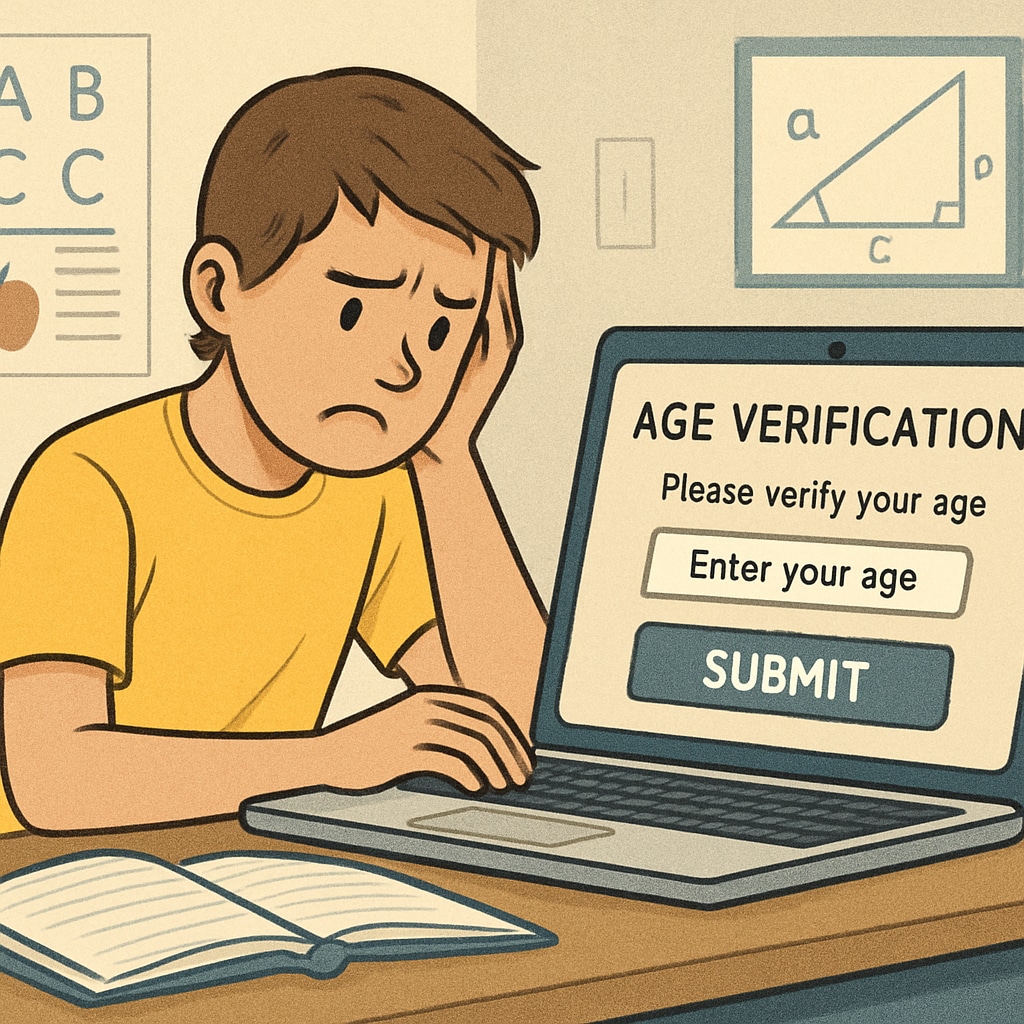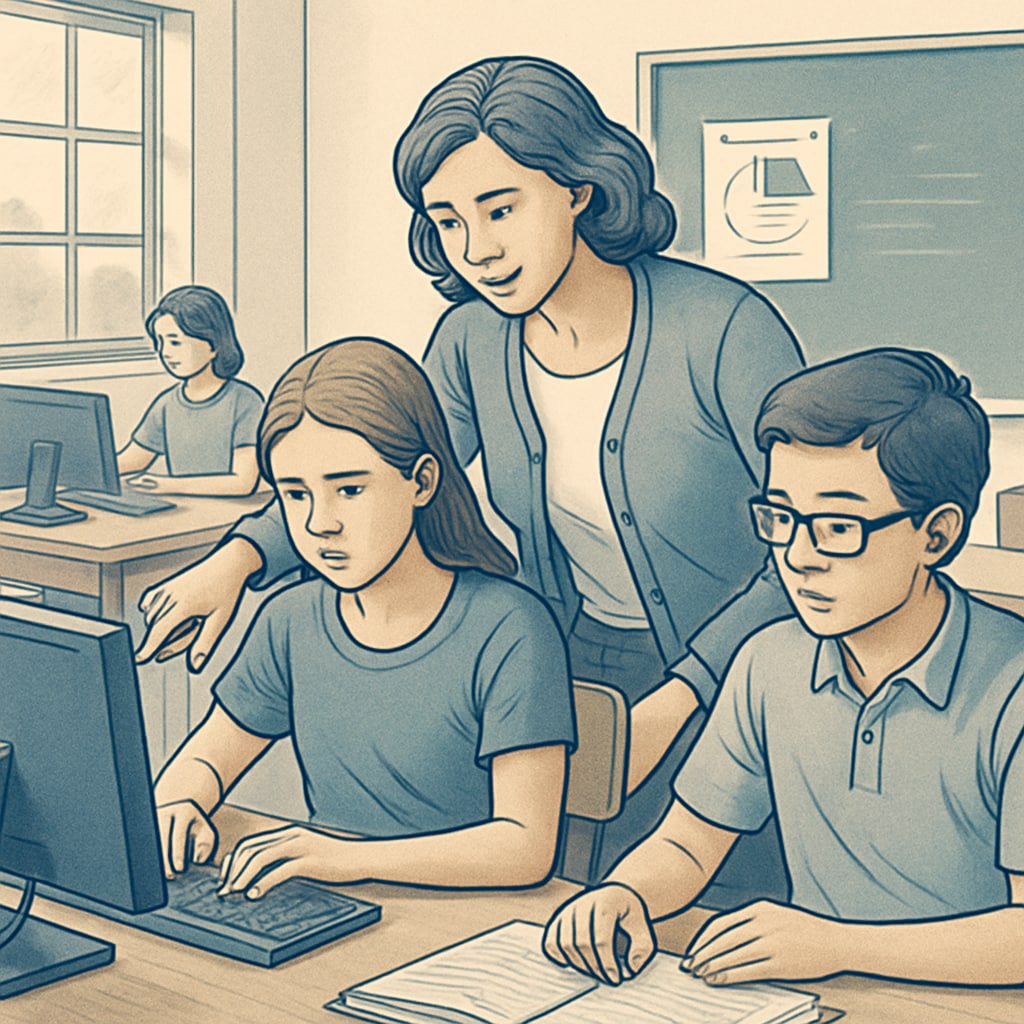Newly implemented age verification laws in various U.S. states are designed to protect minors from harmful online content. However, these regulations are also sparking debates about their unintended consequences, particularly their impact on K-12 education. By restricting access to certain online materials, these laws could inadvertently construct digital barriers that limit students’ access to vital educational resources. This raises critical concerns about content access, educational equity, and the broader implications for information freedom.
How Age Verification Laws Are Shaping Online Access
Age verification laws typically require websites to implement mechanisms that confirm a user’s age before granting access to certain content. While these measures aim to shield minors from inappropriate materials, they often cast a wide net, impacting a broad range of websites, including those offering educational resources. For example, some platforms hosting historical archives, scientific studies, or even literature with mature themes are now subject to stricter access controls.
In states like Utah and Louisiana, these regulations have already taken effect, requiring websites to comply with stringent verification standards. This has led to concerns that such laws could unintentionally block students from accessing legitimate, age-appropriate educational content. For instance, platforms providing sex education, mental health resources, or controversial historical narratives might face increased restrictions, even when their content serves an essential role in the K-12 curriculum.

The Educational Impact of Digital Content Restrictions
The effects of these laws on K-12 education are not merely hypothetical. Teachers and students are already encountering difficulties as certain educational websites become inaccessible due to compliance challenges. For example:
- Some online libraries and databases now require users to verify age, which can delay or prevent access during classroom activities.
- Websites featuring discussions on sensitive topics, such as mental health or human rights, are increasingly flagged as potentially inappropriate.
- Educational platforms are forced to invest in age-verification technologies, diverting resources away from content development and accessibility improvements.
As a result, the very tools that educators rely on to foster critical thinking and broaden students’ horizons are being restricted. This raises questions about how to balance the need for protection with the importance of providing comprehensive, inclusive education.

Striking a Balance Between Protection and Access
It is essential to find a middle ground where minors are shielded from genuinely harmful content without compromising their access to valuable educational materials. Policymakers, educators, and technology developers must collaborate to address this challenge. Potential solutions include:
- Developing more nuanced content filtering systems that distinguish between harmful and educational materials.
- Providing educators with tools to manage and navigate restricted content more effectively.
- Ensuring that age-verification technologies are user-friendly and minimally disruptive in educational settings.
In addition, clear guidelines and exemptions for educational institutions could help mitigate the negative impacts of these laws on K-12 education. Policymakers must also consider the broader implications of content restrictions on the principle of information freedom, ensuring that the internet remains a space for learning and exploration.
Conclusion: Age verification laws are undoubtedly well-intentioned, aiming to protect young users in an increasingly complex digital landscape. However, the unintended consequences of these policies, particularly their impact on K-12 education, cannot be ignored. As we navigate these challenges, it is crucial to prioritize solutions that uphold both safety and access, ensuring that students can continue to benefit from the wealth of knowledge available online.


